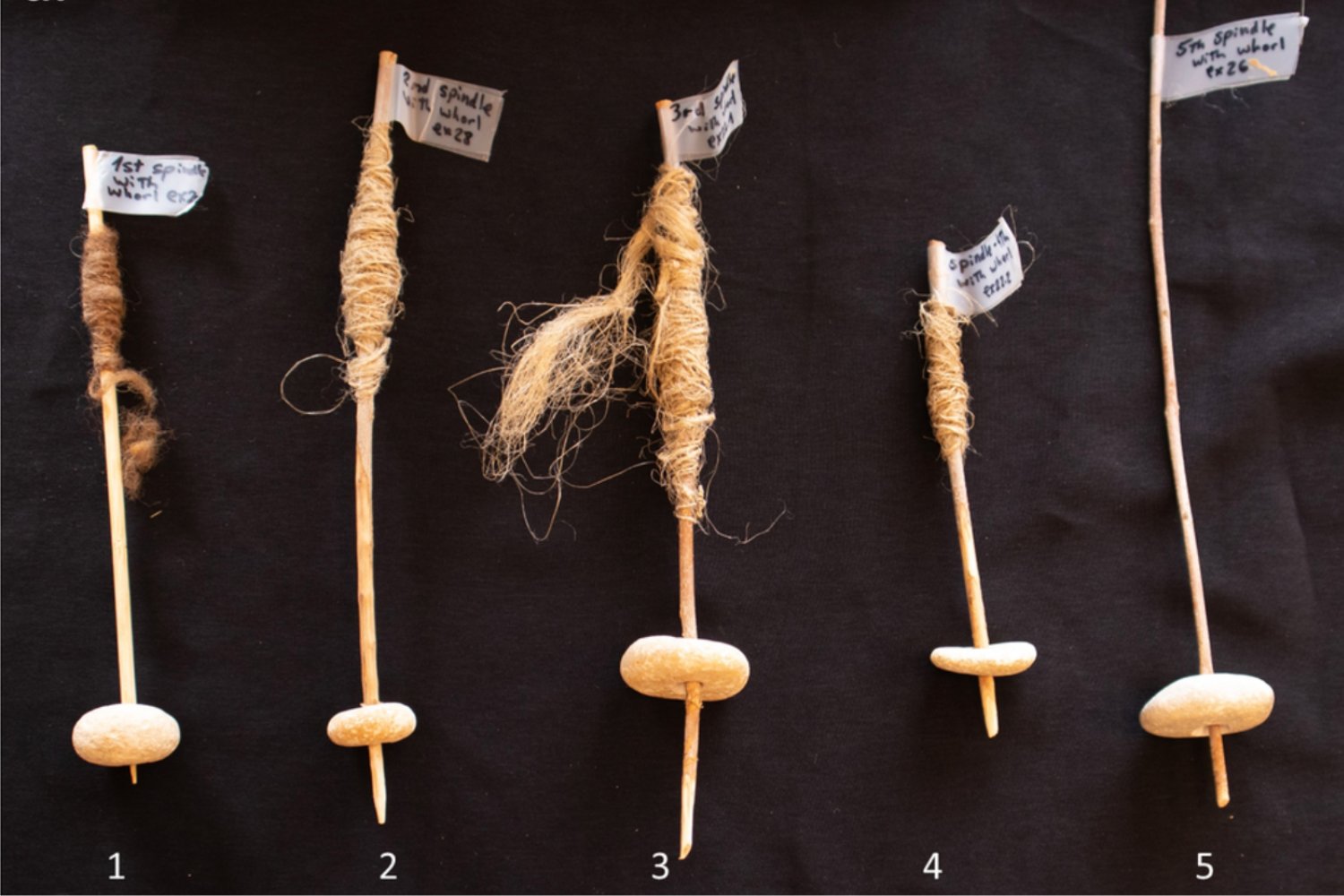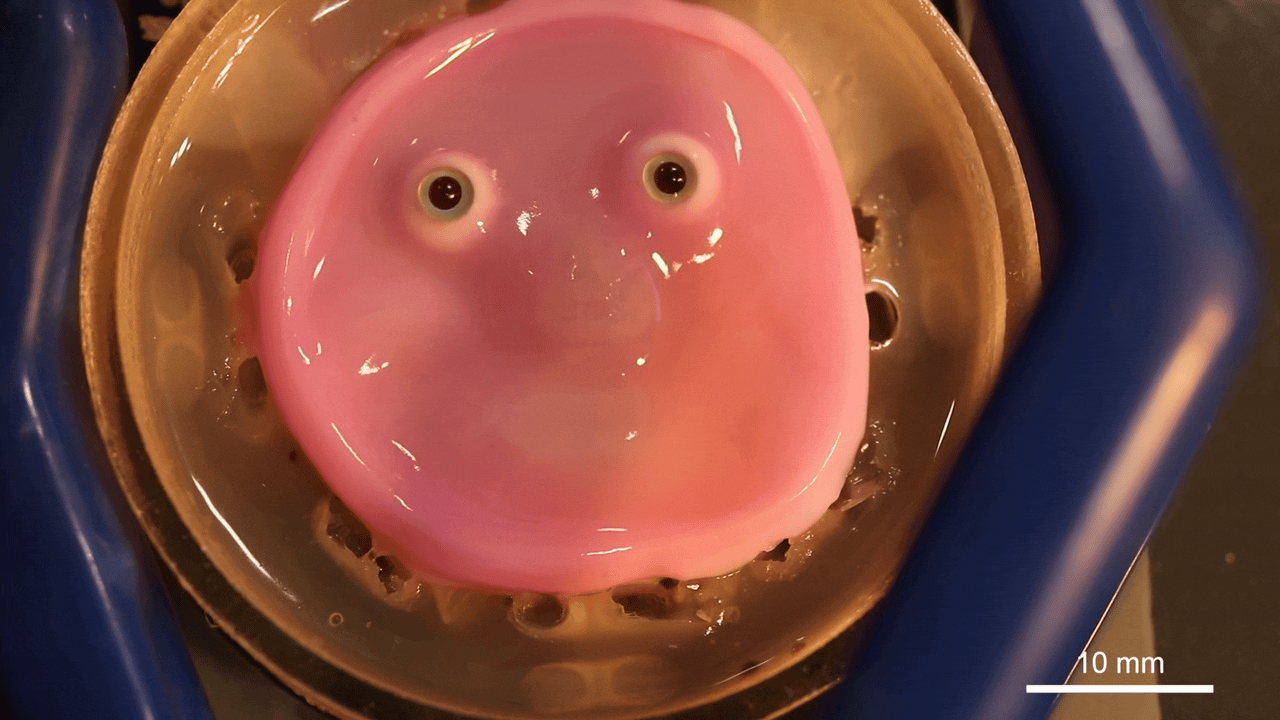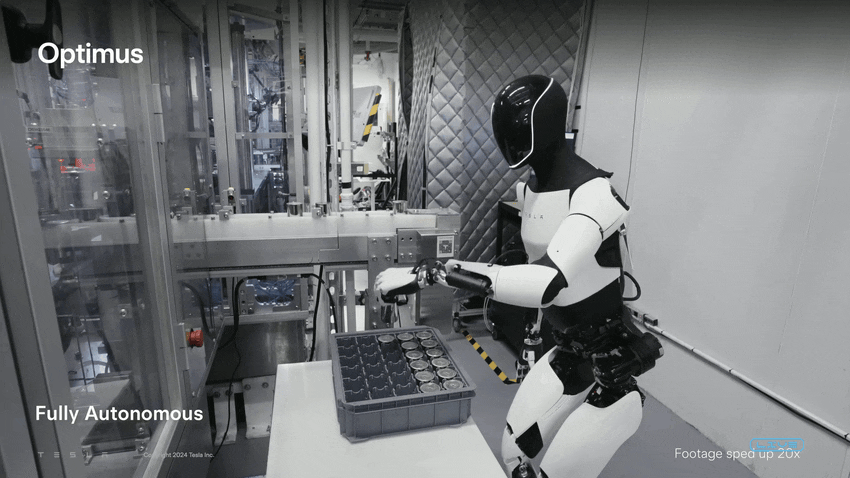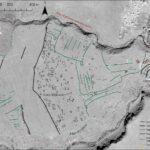Packing a full-sized robot for space travel could pose a bit of a challenge as rockets headed to the Moon, or maybe even Mars, might be a little cramped. The solution: a modular robot that can be assembled from smaller parts that come together to form a swarm of connected pieces, all sharing the same brain.
A team of engineers from the Swiss Federal Institute of Technology Lausanne (EPFL) designed Mori3, a robot that can morph from a basic triangle shape into nearly any 3D object. The idea is to have individual modules that come together into different shapes to serve a variety of tasks through a process known as polygon meshing, according to a new paper published in Nature Machine Intelligence.
The researchers believe that Mori3 can one day assist astronauts on colonies on the Moon, and perhaps on Mars in the farther future. “Our aim with Mori3 is to create a modular, origami-like robot that can be assembled and disassembled at will depending on the environment and task at hand,” Jamie Paik, director of the Reconfigurable Robotics Lab, said in a statement. “Mori3 can change its size, shape, and function.”
On its own, each piece doesn’t look like much, but when connected together, the triangle pieces operate as a swarm. The Mori3 robot is actually somewhat autonomous—it’s able to change its shape, attach itself to different pieces, and those pieces can communicate with one another to form a functional structure, according to the researchers.
“We had to rethink the way we understand robotics,” Christoph Belke, a post-doctoral researcher in robotics, said in the statement. “We have shown that polygon meshing is a viable robotic strategy.”
Mori3 in action looks a bit like a robotic spider or a zombie dog. Once it’s resurrected in its intended form, it can move around, handle and transport objects, as well as interact with its users. The robot is designed to fit into spacecraft and perform some basic activities based on its shape, but it is not designed to carry out sophisticated tasks.
“Polygonal and polymorphic robots that connect to one another to create articulated structures can be used effectively for a variety of applications,” Jamie Paik, director of the Reconfigurable Robotics Lab, said in the statement. “Of course, a general-purpose robot like Mori3 will be less effective than specialized robots in certain areas.”
“That said, Mori3’s biggest selling point is its versatility,” she added.
For more spaceflight in your life, follow us on Twitter and bookmark Gizmodo’s dedicated Spaceflight page.














